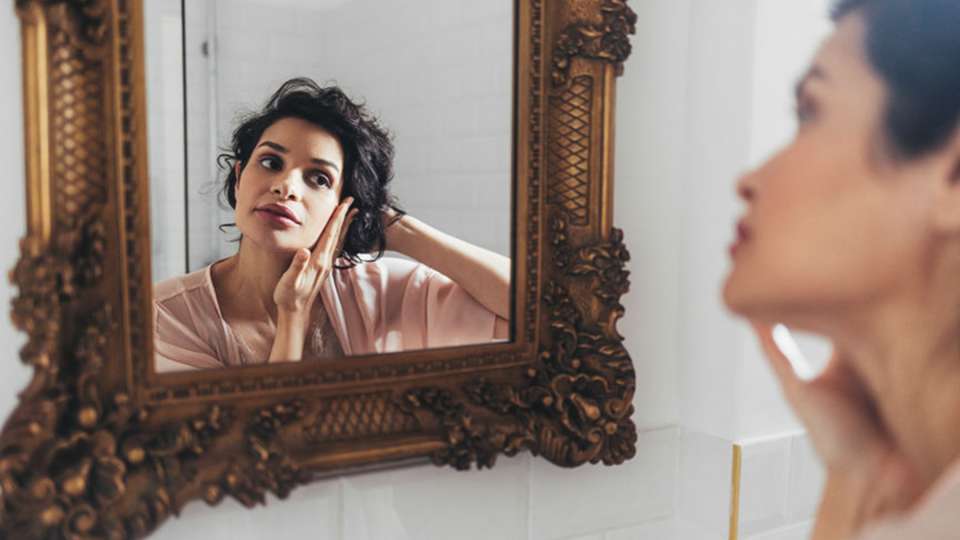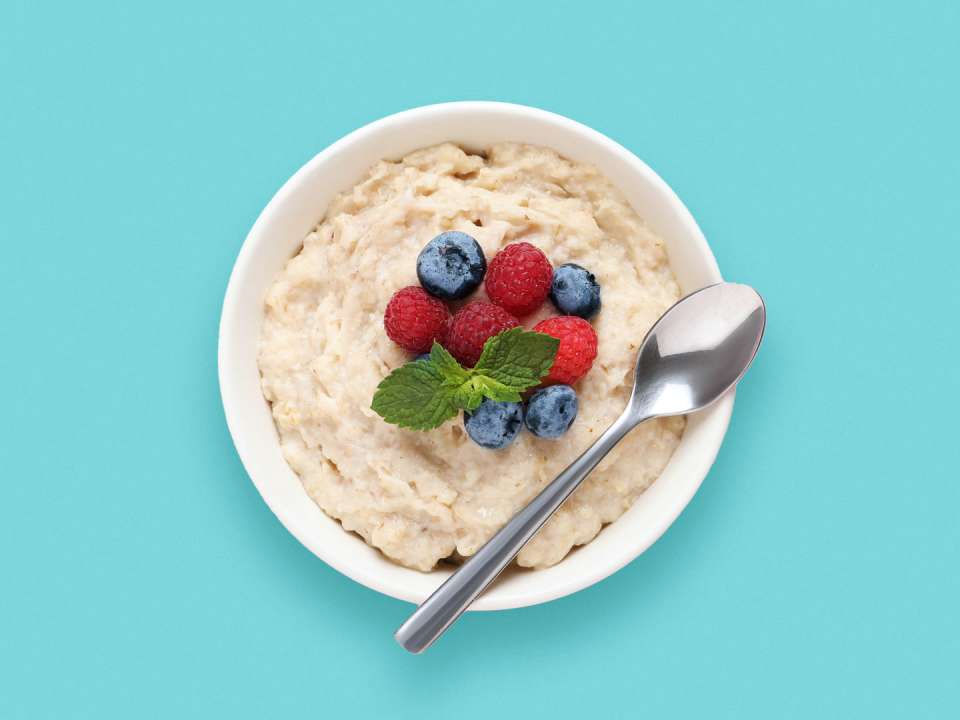
Just as everything else about your body changes as you age, so does your skin. That’s the bad news. The good news is that a little bit of knowledge goes a long way when it comes to taking proper care of your skin now — and into the future.
Kendra Bergstrom, M.D., a dermatologist at University of Washington Medical Center-Roosevelt explains the most common skincare misconceptions and what you should be doing for your skin instead.
First, stop doing these three things that are bad for your skin and may contribute to premature aging.
Don’t strip moisture from your skin
Many of Bergstrom’s patients assume that because Seattle is rainy in the winter, their skin is getting moisturized from the outside in. But it doesn’t work like that.
“Dry skin is a result of not enough oil in your skin. The most common reason is that people tend to over-cleanse their skin,” says Bergstrom.
Too much washing and exfoliating strips moisture from your skin. And many women use more products than they need to cleanse their skin.
“So many people strip their own natural oil from their skin and then go to the store and buy something to replenish it. They could just allow more of their natural oil to remain in the first place,” says Bergstrom.
If your skin is naturally oily, you may end up using harsher products that actually lead to increased oil production and damage your skin in the process.
You’ll know you’re overdoing it when your skin feels tight.
Don’t keep using a product just because it’s expensive
Bergstrom says that many patients come into her office complaining of a rash given to them by a new product — one they’re still using.
“If a product gives you a rash, stop using it,” says Bergstrom. “Remember that a rash is your skin’s way of saying, ‘No, thank you.’”
Don’t allow the cost of an expensive product or fashionable marketing campaign to undermine what your own skin has to say.
“People can get in this mindset of, ‘If it cost $200, it must work.’ They’ll keep using a product and their skin is crying out for them to stop. Just because a product is expensive doesn’t mean it’s good for you,” says Bergstrom.
Don’t fool yourself into thinking a tan will protect you
If you go to the tanning booth before your trip to the tropics with the idea that a base tan will protect you from burning, you’re wrong.
“You really shouldn’t pay someone to make you wrinkly and aged,” says Bergstrom. "A tan is basically proof that you've damaged your skin cells.”
And cumulative damage from the sun can lead to premature skin aging, including wrinkles, brown spots and even skin cancer.
As you age, the way that you tan tends to change, too.
“When you get older, you no longer tan in that wonderfully even crusty-loaf-of-bread way that you take for granted when you’re young,” says Bergstrom. “Instead, you freckle.”
But don’t make the mistake of spending even more time in the sun trying to even out your tan. It won’t happen; you’ll just freckle more instead.
OK, now that you know what not to do, what should you be doing instead?
Do use sunscreen on the daily
“Everybody knows this already, but it bears repeating: Use sunscreen every day,” says Bergstrom.
Apply a broad spectrum sunscreen of at least SPF 15 before you go outside, even when it’s cloudy out. Cover all parts of exposed skin, and reapply if you remain in the sun for more than two hours and after swimming or sweating.
If you’re planning a trip to warmer climes, wear clothing and accessories — like SPF sun shirts, hats and sunglasses — that physically block the sun.
“There’s a real advantage to SPF clothing,” says Bergstrom. “You don’t forget to reapply.”
And for those people who want a tan because it’s going to look really good with a particular party dress, she suggests a spray tan instead.
“That’s the perfect application,” says Bergstrom. (No pun intended.)
Do use a retinoid at night
Retinoids are ingredients chemically related to vitamin A, an antioxidant, that boost collagen production. Collagen is what keeps your skin firm, elastic and not wrinkly. By causing skin cells to turn over more rapidly than usual, retinoids also help to clear up acne and eliminate brown spots.
“They help with those smaller face lines and can keep your pores small,” says Bergstrom.
Retinoids even help to prevent precancerous changes in your skin. What’s not to like?
There are retinols that don’t require a prescription, such as Differin, and retinoids that do, such as Retin-A and Tazorac. Over-the-counter versions (retinols) are offered in lower concentrations and must be converted by enzymes in your skin into retinaldehyde and then into retinoic acid, the active ingredient. They take longer to work, but they’re also less likely to irritate your skin.
Prescription versions are already in their purest form, known as tretinoin (trans-retinoic acid), which is why they’re more likely to provoke skin reactions. Your dermatologist will help you to determine the right product for you.
Bergstrom advises you to begin using retinoids cautiously, with only a pea-sized portion of product, because they can dry, sting or irritate skin at first. And because they make skin sensitive to the sun, use only at night and always use sunscreen during the day.
(Retinoids are also unsafe for women who are pregnant because their effects have not been adequately determined.)
Do use hyaluronic acid or another facial moisturizer
Most women will benefit from a moisturizer with hyaluronic acid in it. Only those women with skin that is more naturally oily may find it too much.
Hyaluronic acid has gotten a lot of press as an injectable filler, but Bergstrom recommends it as a moisturizer, particularly for women as they age.
“The word ‘acid’ is misleading because hyaluronic acid is actually a sugar molecule that absorbs a lot of water. That’s what makes it such a great topical moisturizer: because it hydrates,” says Bergstrom.
In their teens and twenties, women tend to have oiler skin, explains Bergstrom, but as they approach and go through menopause, that changes. If your skin is on the dry side, hyaluronic acid may well be your new bestie. If your skin is on the oily side, Bergstrom suggests finding a moisturizer that won’t clog your pores. These moisturizers are called “non-comedogenic” and will read that way on the label.
There are certainly a lot of myths — and marketing campaigns — built around skincare.
“But it’s not that complicated,” says Bergstrom. “Listening to what your own skin has to say about the products you’re using and giving it some attention day in and day out can make a difference today and as you get older.”

 Healthy ideas for your inbox
Healthy ideas for your inbox





